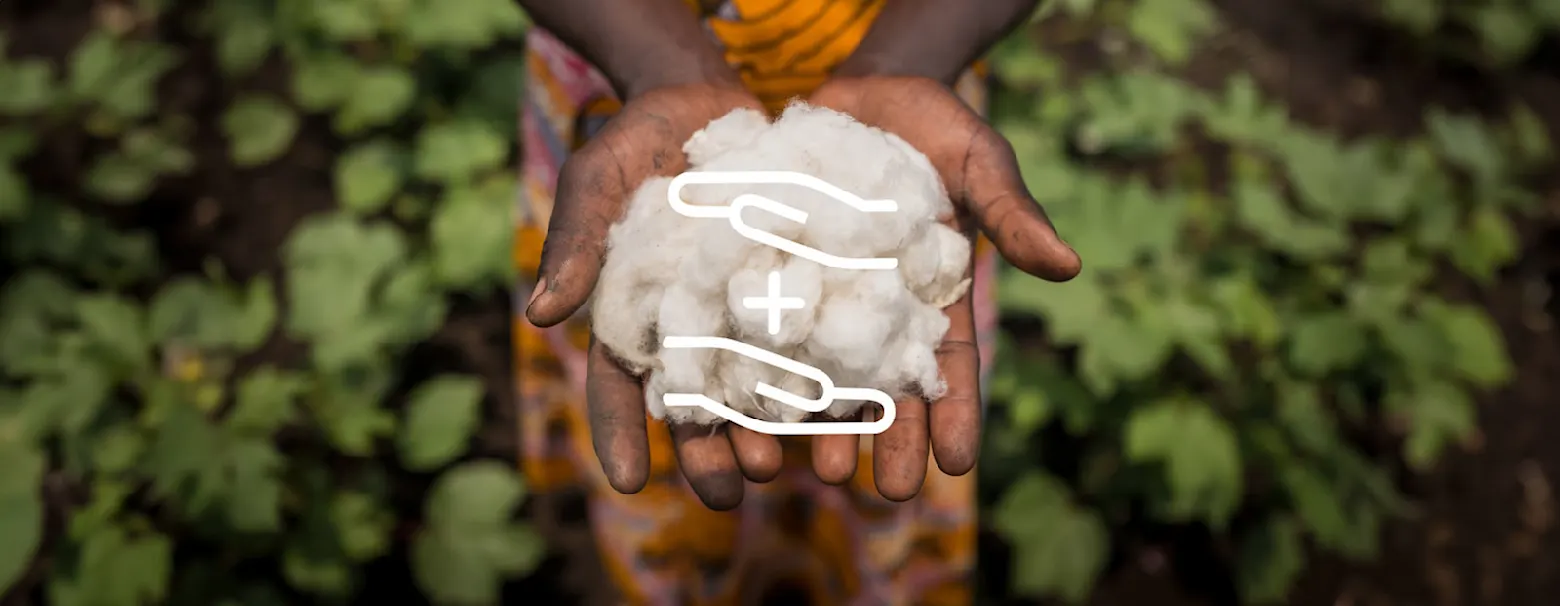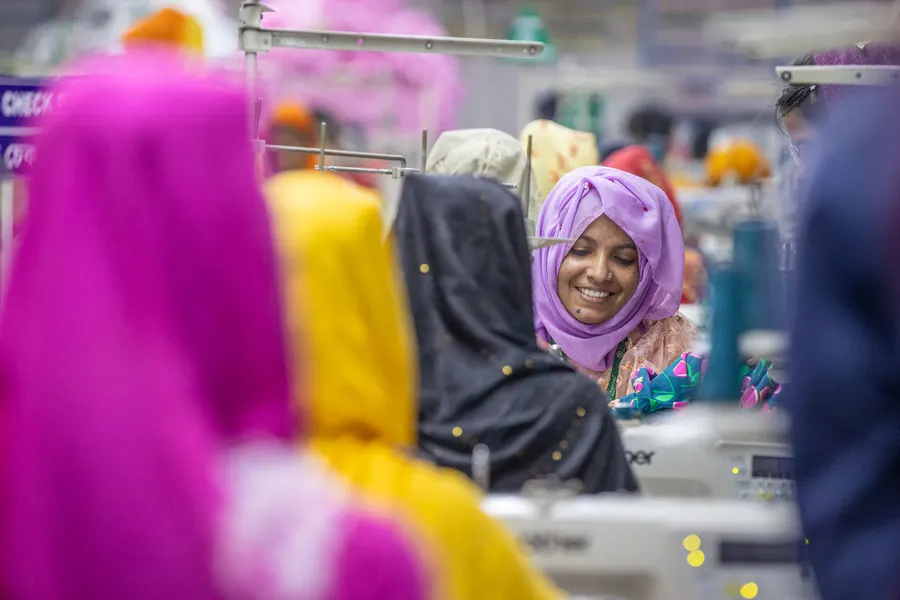- Responsibility
- Strategy
Our vision for the fashion industry is positive

We are convinced that positive decisions lead to positive changes. We want to be part of this change in the fashion industry. To do this, we need products that are made from more resource-efficient materials and are manufactured in harmony with planetary boundaries. Climate protection is our top priority. Together, we are opting for a more positive future - for you, for our partners along the entire value chain and for our environment.
positive products

In the positive products area of action, the focus is on the use of preferred materials and the scaling of recyclable products. To reduce the environmental impact of our products, we focus on using more resource-saving materials such as organically grown or recycled fibres. When designing our styles, we also focus on durability and recyclability.
Our Goals
Circular Design
By 2027/28, one in five products in our textile range will be designed according to our circular design principles. These principles include the use of safe, renewable or recycled materials as well as requirements for product durability and recyclability. By 2031, 4 out of 5 products will fulfil our Circular Design requirements.
Our goals
Cotton & Recycled materials
Our cotton is 100% traceable by 2031. The proportion of recycled materials will increase to 30% by 2031.
Our goals
Preferred materials
By 2028, 70% of our main materials - including cotton, viscose, polyester, polyamide and polyacrylic - will come from recycled, organic or other preferred sources. By 2031, it will be 100%.
positive making

In the area of positive making, we are working consistently to manufacture our products with the lowest possible use of resources and minimal impact on the climate. The focus here is on reducing greenhouse gases in order to achieve our science-based target.
Our Goals
Climate
As part of the Otto Group, we share the climate target of reducing our Scope 1, 2 and 3 greenhouse gas emissions by 42% in absolute terms by 2031 (compared to the base year 2021). This target was officially validated by the Scienced Based Targets Initiative 2024.
Our Goals
Chemicals
By the end of the 2031/32 financial year, 100% of our suppliers with wet process units will comply with the ZDHC MRSL standards.
positive view

Transparency is at the centre of our commitment to positive view. We are working to ensure that our products are fully traceable across all stages of the supply chain - from the fibre to the shop. This transparency allows us and our customers to precisely understand the origin and production conditions of our products. For us, it provides the basis for recognising risks at an early stage, taking them into account accordingly and managing and initiating improvements in a targeted manner.

Our goals
Transparency
By the end of the 2027/28 financial year, we will introduce a Digital Product Passport (DPP) for our most important products. This will start with our denim range.
Our goals
Traceability
Our most important products are traceable by 2031. Our denim range will make the start until the end of the 2027/28 financial year.
positive partners

Our positive partners area of action encompasses our activities to fulfil our human rights due diligence obligations. Our human rights due diligence system helps us to recognise and mitigate risks and violations of our standards and to take remedial action. In order to take preventative action and initiate long-term improvements, we also invest in training for our partners on key risk topics.
Our goals
Trainings
By the end of the 2031/32 financial year, we will have trained at least 50% of our relevant suppliers on risk topics. These include, for example, safe working conditions, appropriate working hours and living wages.

positive circle

The future of fashion is circular. In addition to recyclable fashion, this also requires solutions that help products to be used for longer and close the loop at the end of their life cycle. We are committed to this in the positive circle area of action: We promote circular solutions such as repair services, take-back systems and recycling in order to extend the life of our products and conserve valuable resources.
Our goals
Circular Solutions
By the end of the 2027/28 financial year, we will offer solutions such as repair, take-back systems, reuse and recycling for 80% of our products.

Governance
The further development and performance measurement of our strategy is carried out by the Corporate Responsibility, Technical Product & Sourcing department under the leadership of Stefanie Sumfleth. The CR team defines the strategic guidelines, which are implemented in all areas such as Product Management, Sourcing, Logistics and, increasingly, Brand Management and Marketing. In short, everyone involved in providing our customers with products from the raw material to the wardrobe. Responsibility for CR issues is anchored in the management of Carolin Klar, and a CR Board ensures the link to the Otto Group and the Otto Group CR strategy. Ultimately, everything comes together at the Otto Group Executive Board.
Memberships
Achieving more together
We work together with partners from the textile industry, civil society and science to effectively initiate and help shape change.
